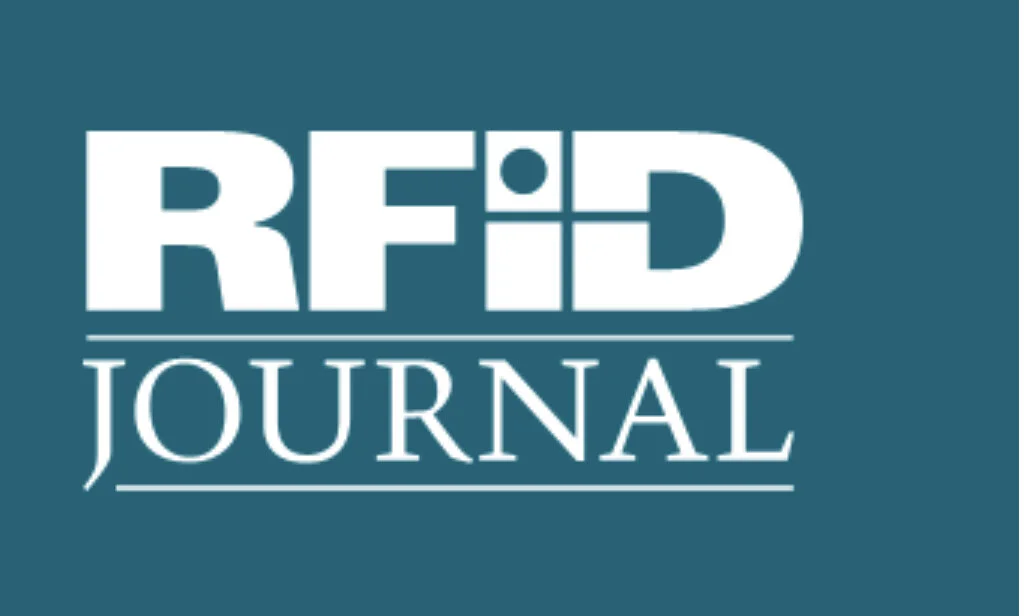The Power of Serialization in Planning, Execution and Risk Aversion
BY ANSHUMAN AGARWAL
Inventory optimization and controlled supply chains are the need of the hour. While COVID-19 revealed supply chain shortcomings at the planning level, for example, the global retail industry witnessed inventory distortion of $1.8 trillion in 2020. There are challenges at the operational level, such as counterfeiting and illegal diversions, that also require immediate attention since they directly impact customers' safety and threaten brand image.
Inventory serialization—tracking individual pieces using unique serial numbers, similar to the international mobile equipment identity (IMEI) specific to a smartphone—is fast becoming a necessity to fight these challenges. From ensuring product delivery to providing waste management and fraud detection, serialization is helping brands attain complete visibility across their supply chains. RFID tags, QR codes and unique piece barcodes (UPBs) capture a product's journey and are used for serialization. They help in decision-making at the granular level and in determining the product's future.
Planning
Demand Planning: Serialization can access locational usage and help resolve demand supply mismatch issues. It can gather real-time data on performance indicators and evaluate the effectiveness of a product or service. It can also suggest improvements so brands can design specifically for the market. Action on emerging needs, trends and changing behavioral patterns can be taken rapidly to boost business. Based on a brand's regional capabilities, purposeful collaborations and partnerships can be made to serve local customers better.
Performance Assessment: Serializing inventory can help companies monitor a product's complete lifecycle, from launch and growth to maturity and decline. Industries dealing in items that present life-safety hazards if defective or expired—such as pharmaceuticals, CPG and so forth—can track each component to assess efficacy and viability. Businesses dealing in trends and fashion products can also use this data to make strategic calls on when to remove a non-performing style, discount a less popular design or capture a growing demand.
Better Inventory Control: Proper tracking and order management help to optimize inventory, shorten replenishment lead times, avoid stockouts and increase cash flow. By distributing inventory per demand, a company can avoid the unnecessary tying up of capital at one location. Items that have a short lifecycle, such as food and beverages, as well as fashion and children's products, can be moved through inter-store transfers within a region, in the shortest amount of time, in order to optimize sales and minimize inventory holding.
Sustainable Practices: The ability to track a product's journey back to its origin can help buyers and sellers ensure the usage of ethical, environmentally friendly practices. Industries such as fashion, which are currently under the radar for causing global environmental damage, can use serialization capability to practice sustainable retailing by measuring inventory accuracy and preventing inventory distortion.
Operations
Track-and-Trace: Serialization enables digital capabilities in physical products and helps to provide 100 percent visibility during the production, distribution and delivery phases. It helps to identify gaps and increase accountability at every stage of the supply chain. Faulty products can be returned to their origin, and issues can be traced to the root to prevent them from happening again. This is of great importance today, as offshore manufacturing gains prominence in most businesses.
Theft Prevention and Anticounterfeiting: Counterfeit products tarnish brand image and hamper revenue. Serialization can prevent high-quality and authentic products from slipping into the hands of unauthorized dealers, into the gray market or illegal channels in a region. Securing robust information on unique serial numbers can red-flag any attempts at cloning or other unusual activity, and immediately notify brands and buyers about fraud detection through alerts and messages, thus discouraging it from happening again.
Recall Management: Inventory reconciliation becomes easy with serialization; hence, product recalls can be faster and more accurate. By narrowing down defaults and defects to the individual product level, a company can take action immediately, reducing costs and negative impact on brand image.
Organized Warehousing: Fully automated, scanned-based operations and tracking at critical stages of inward, picking and packing allow warehouse personnel to dispatch the correct item within a service-level agreement. End-to-end traceability helps to enable faster auditing, cycle counting and bin consolidation within a warehouse. It also allows the "first in, first out" (FIFO) method of inventory control, thereby preventing old stock from becoming lost or misplaced. Unaccounted items can be tracked precisely and mapped to the right location. Since every action about each stock-keeping unit is captured, this helps to address the issue of accountability and improve manpower efficiency.
Supply chains are constantly becoming more complex. It is time to tighten the reins and build a strong foundational framework that is well-monitored and secured. Serialization is the most granular unit of inventory measurement and will form the future of inventory management. It can optimize processes and generate opportunities for new capabilities. As digitalization and technological advancements help us to build a better future, let us work toward the foundation and ensure our back end is secured, too.

